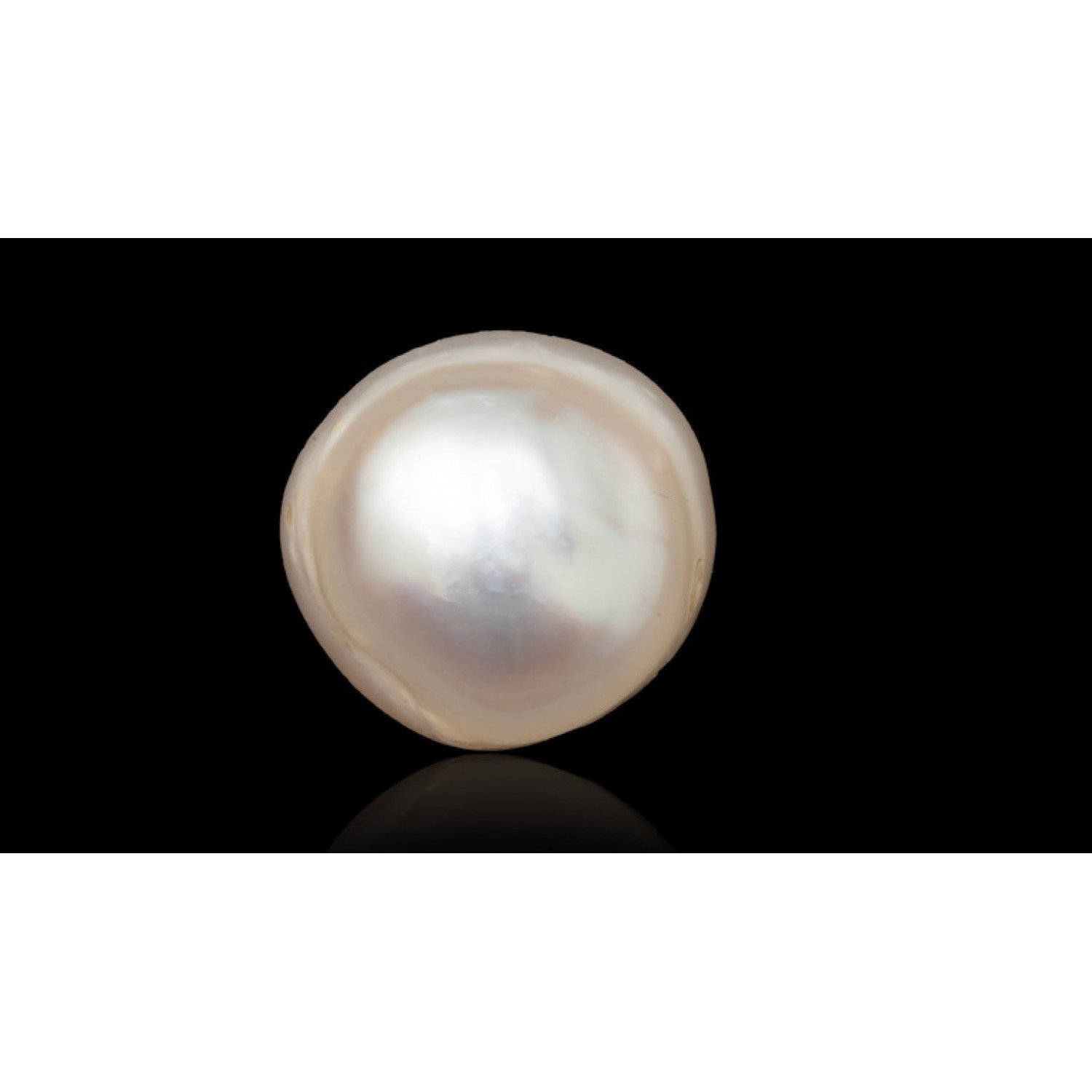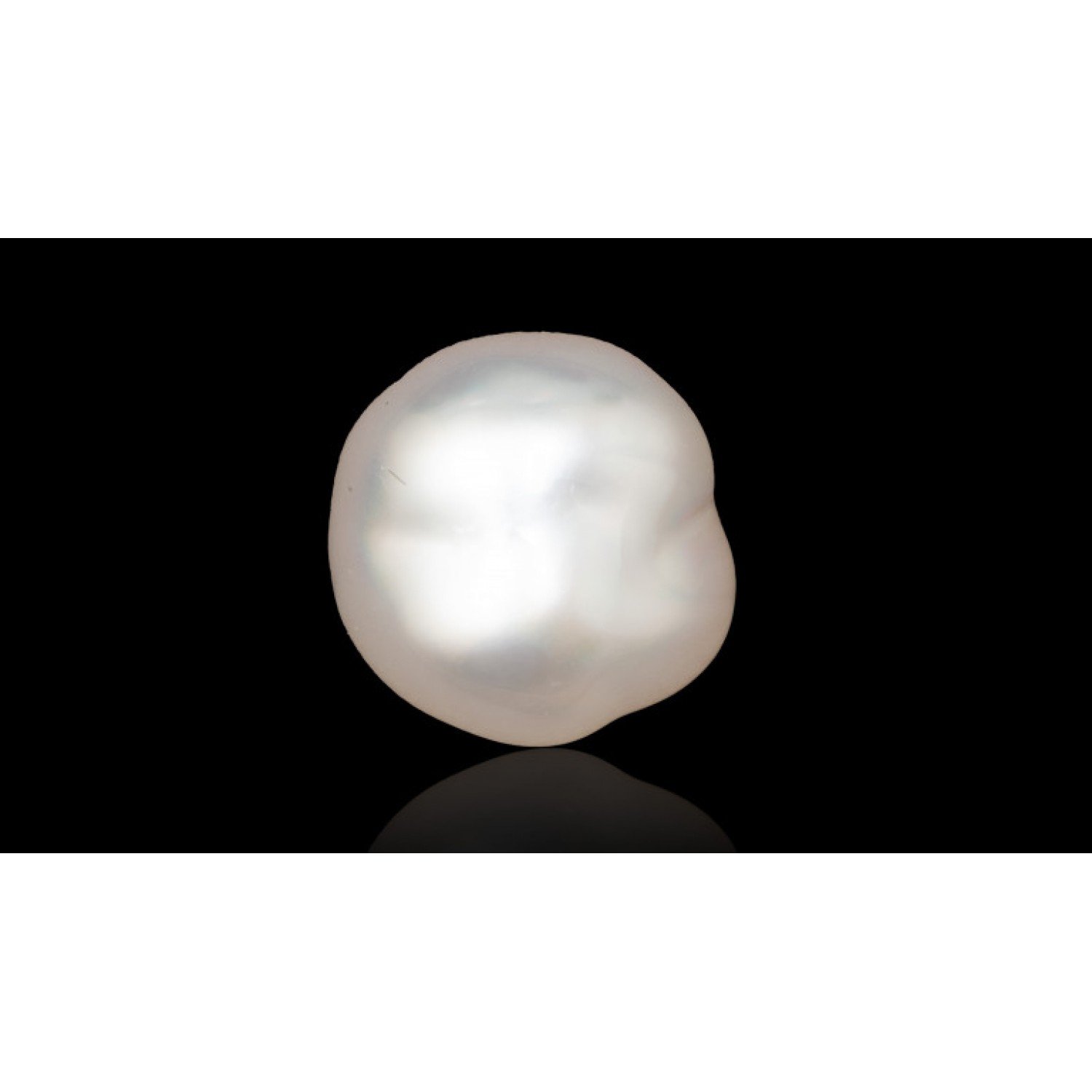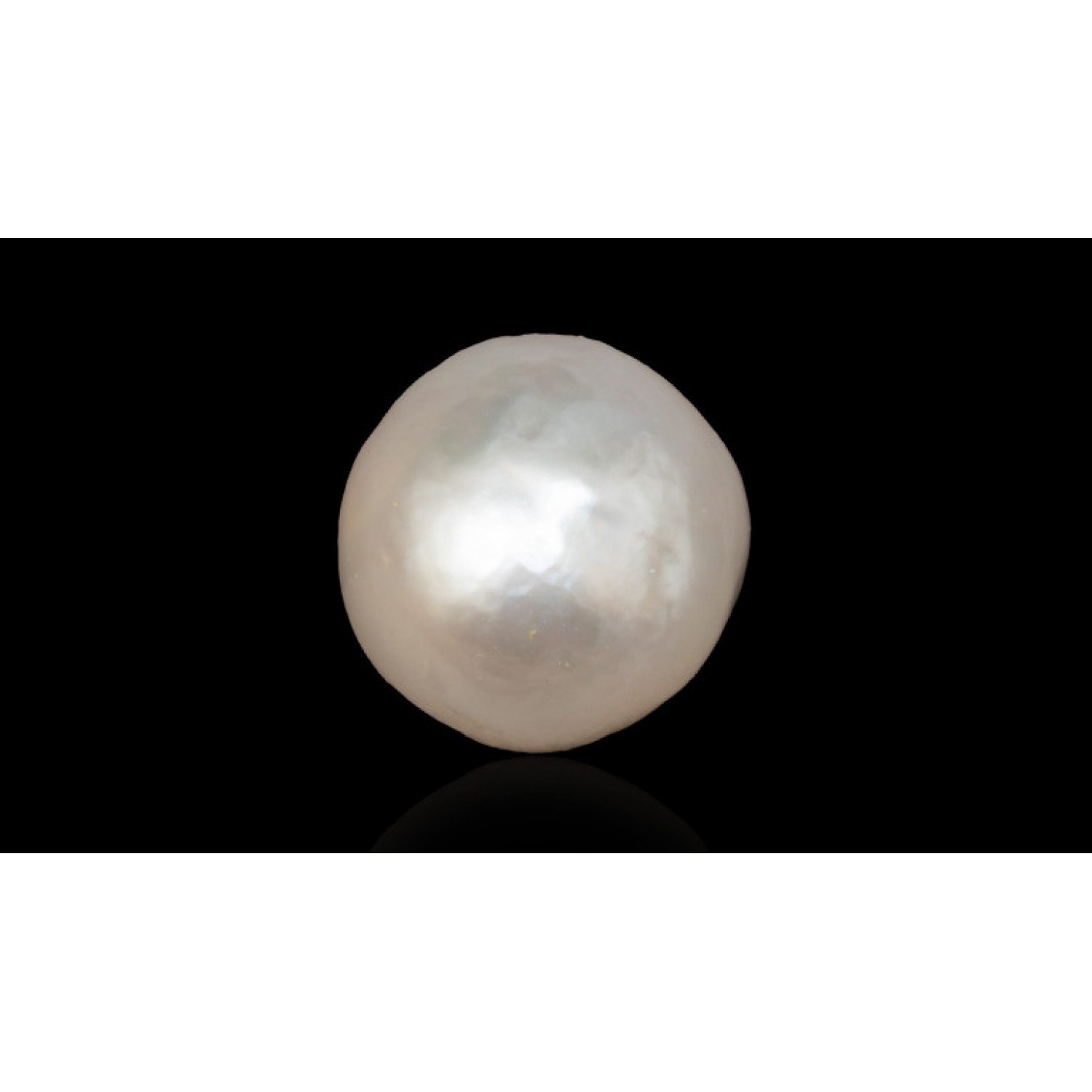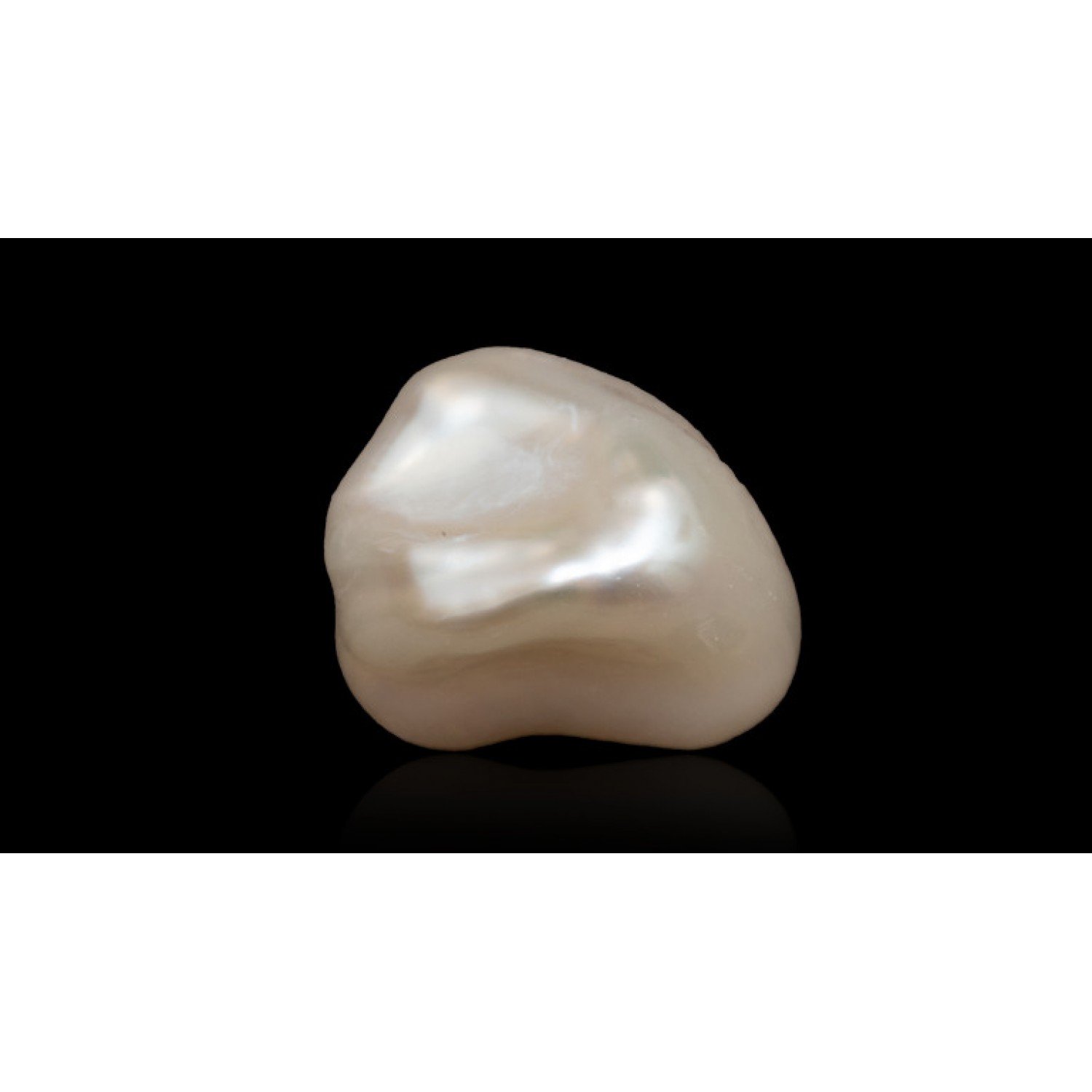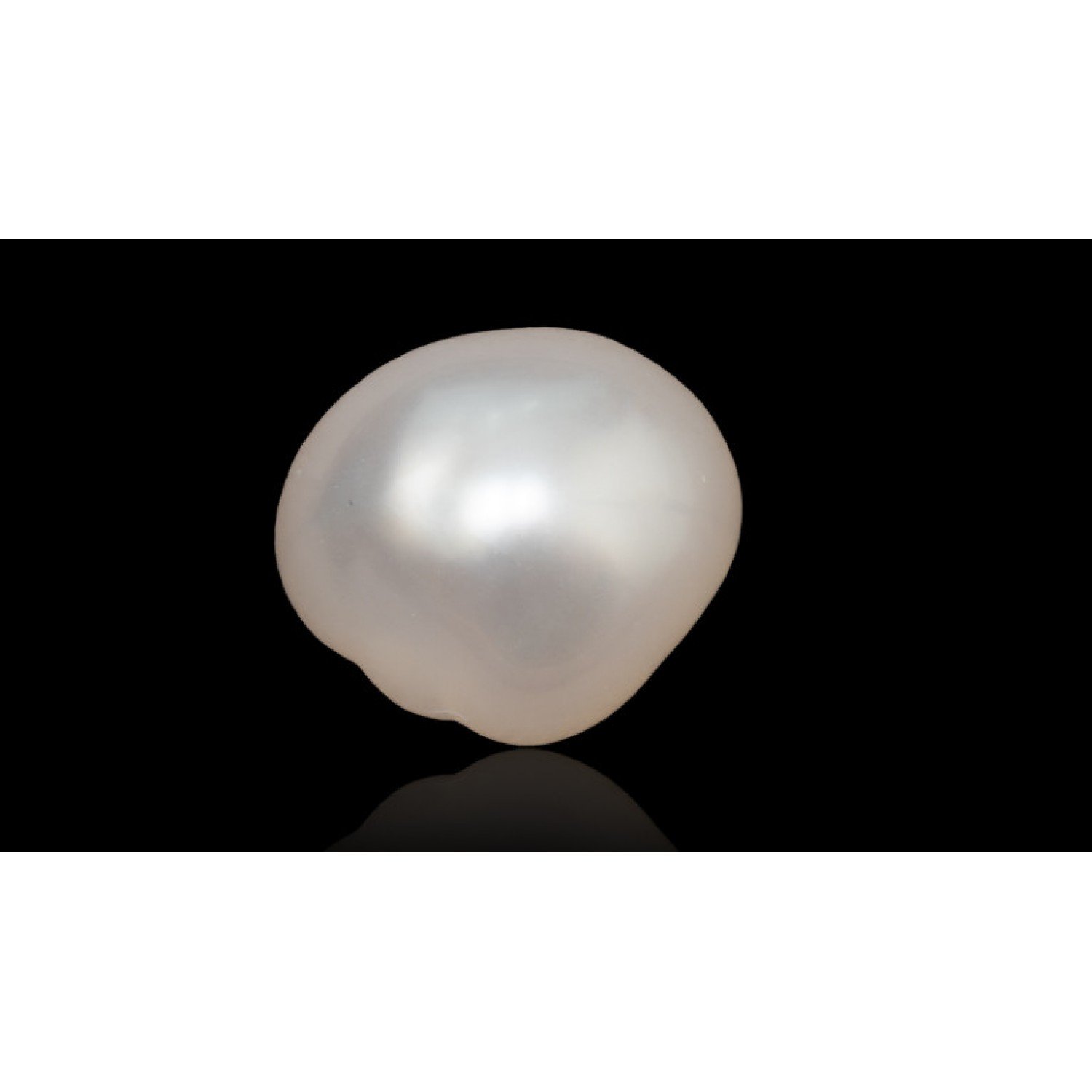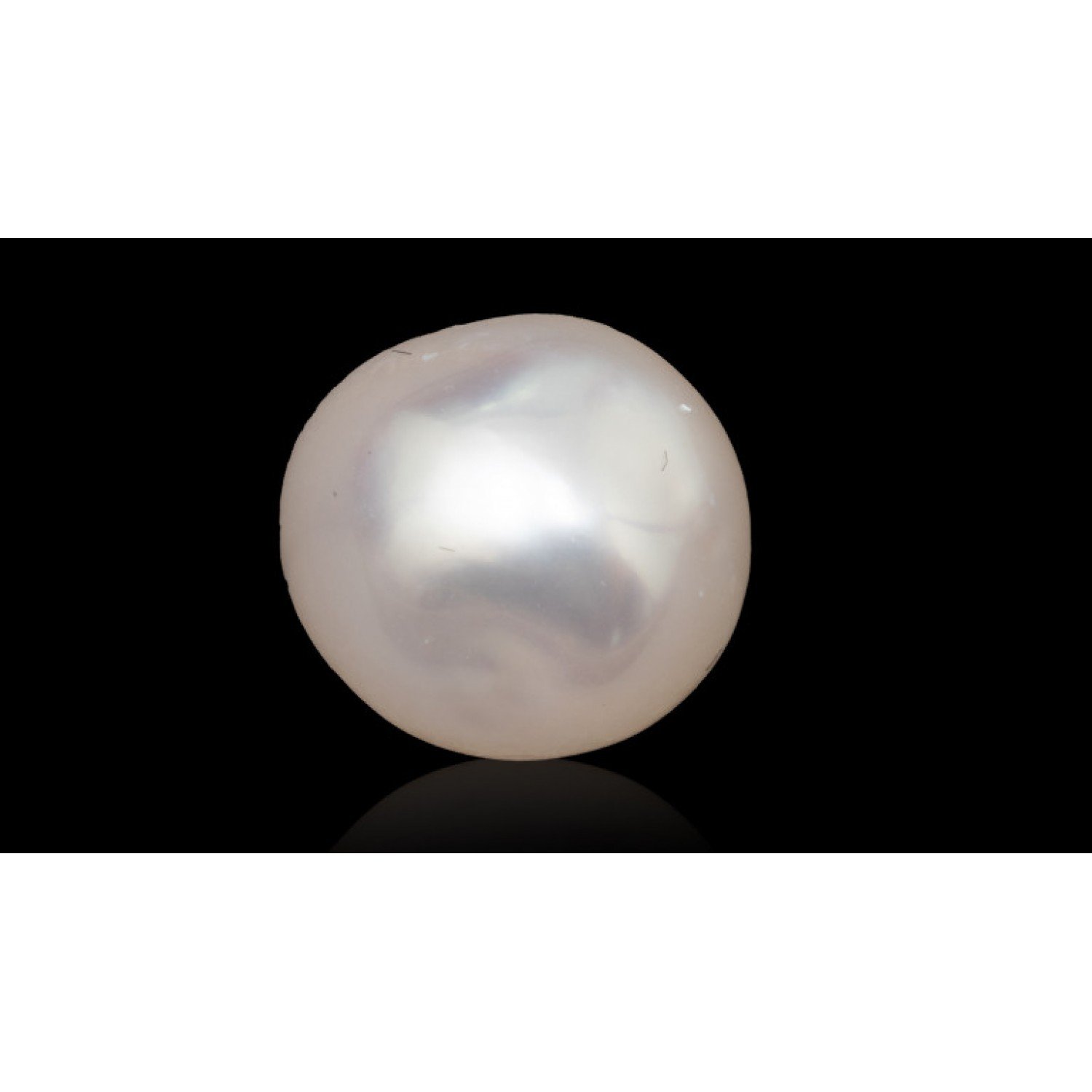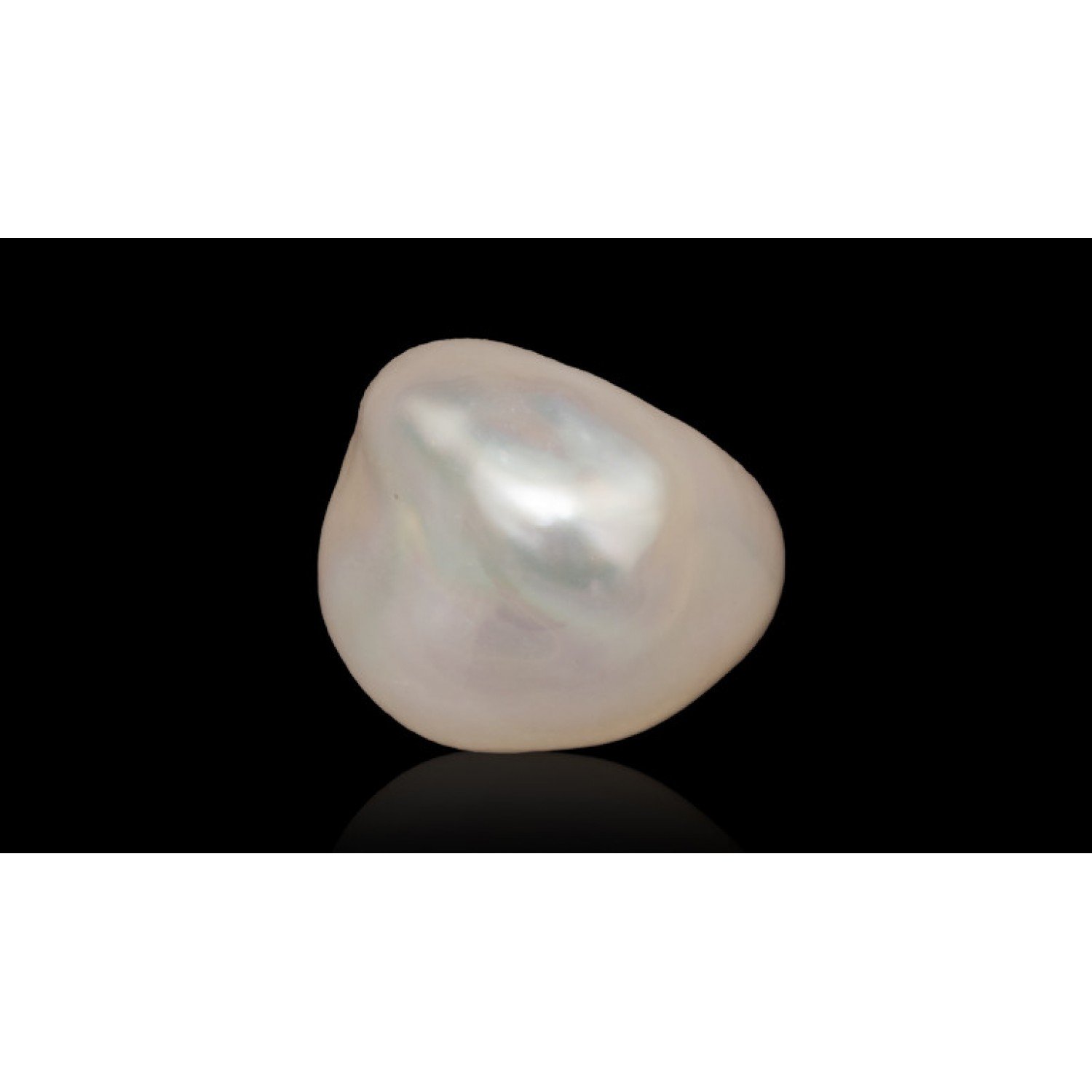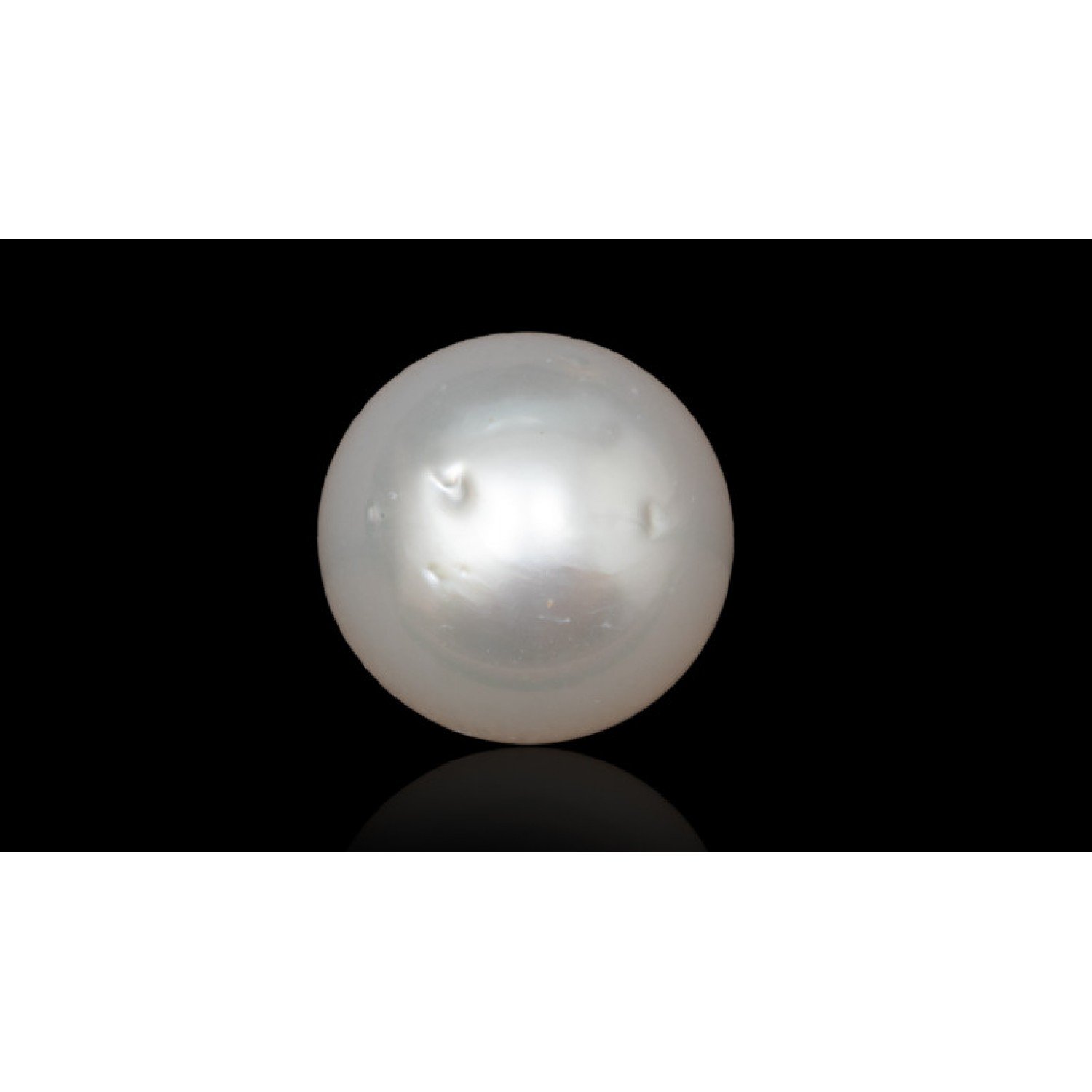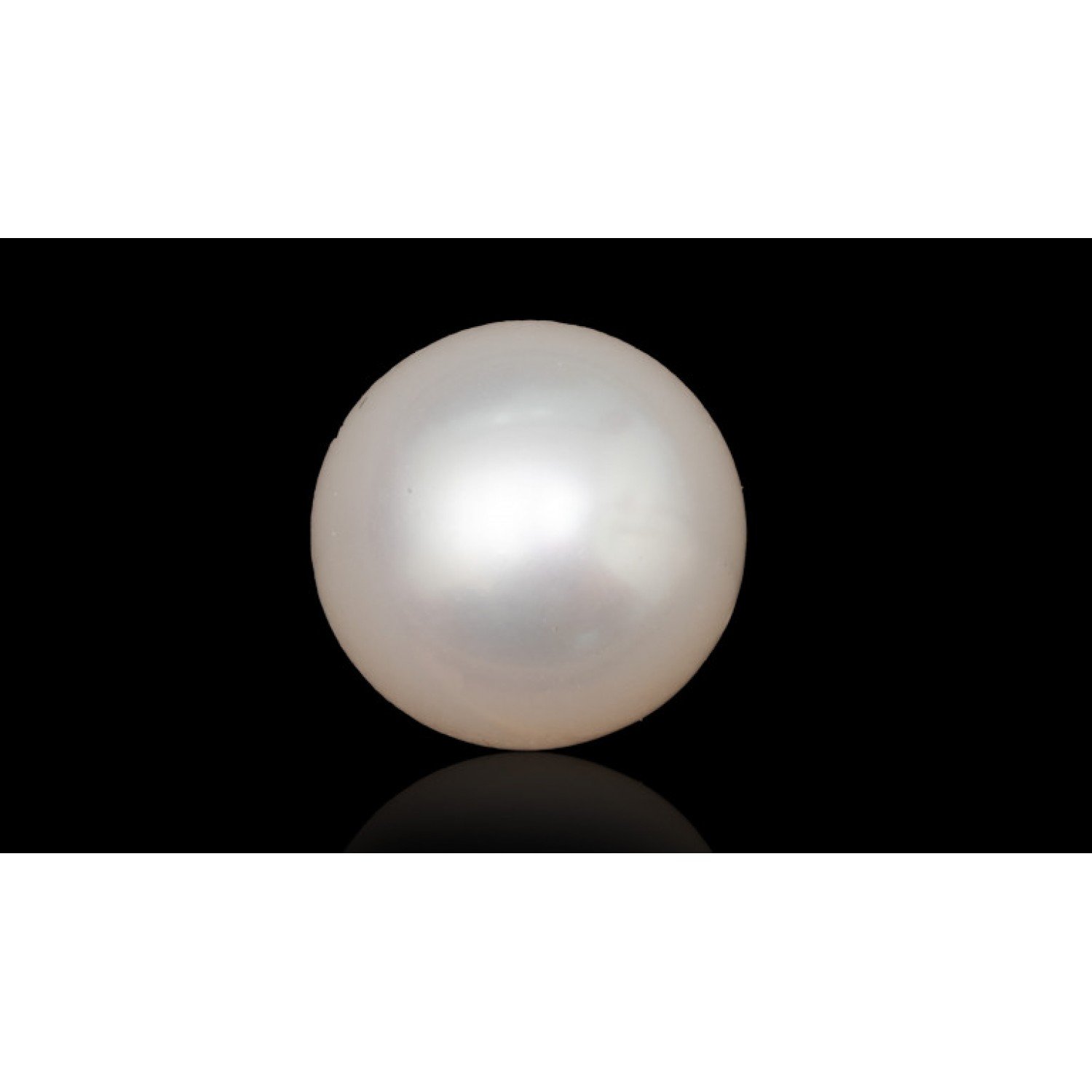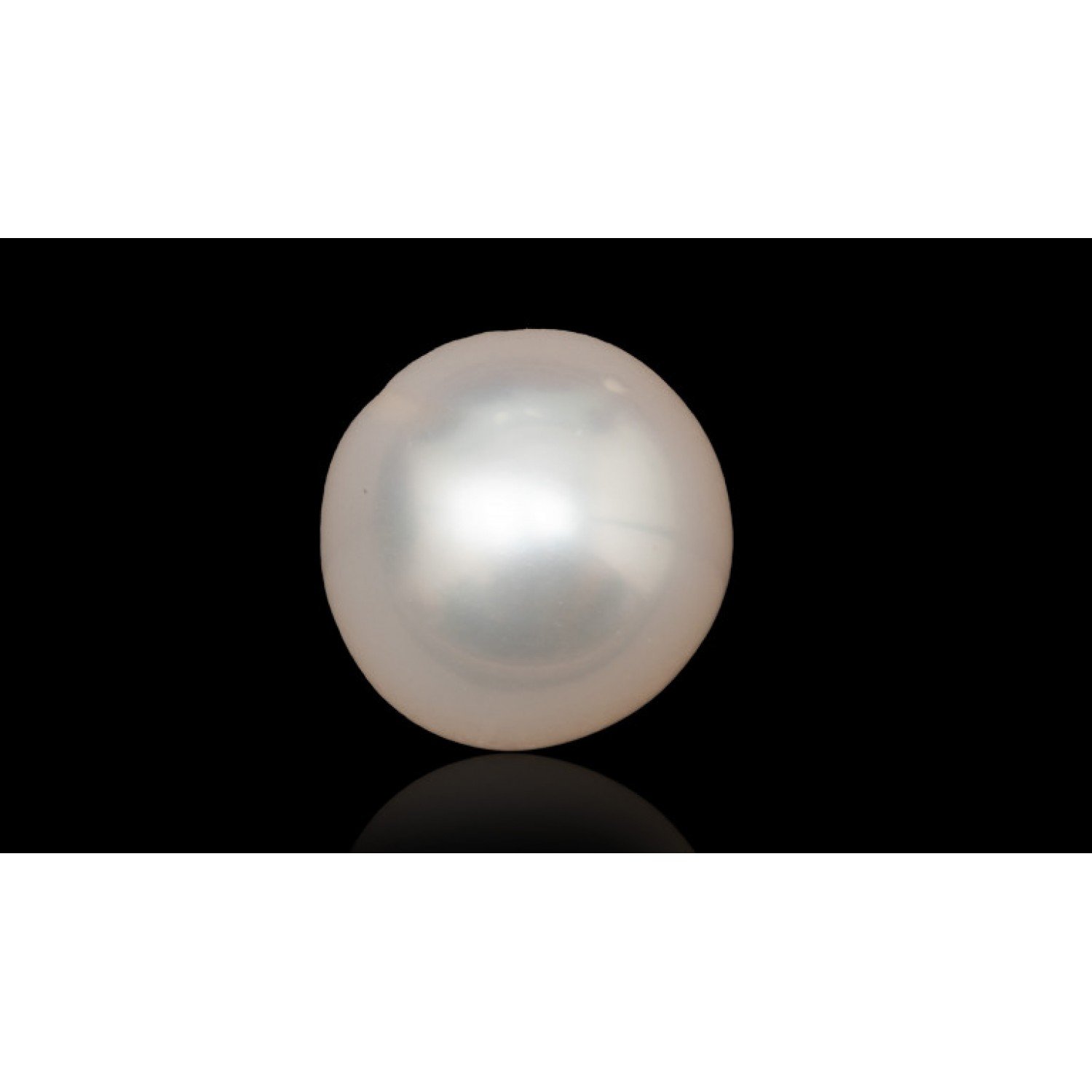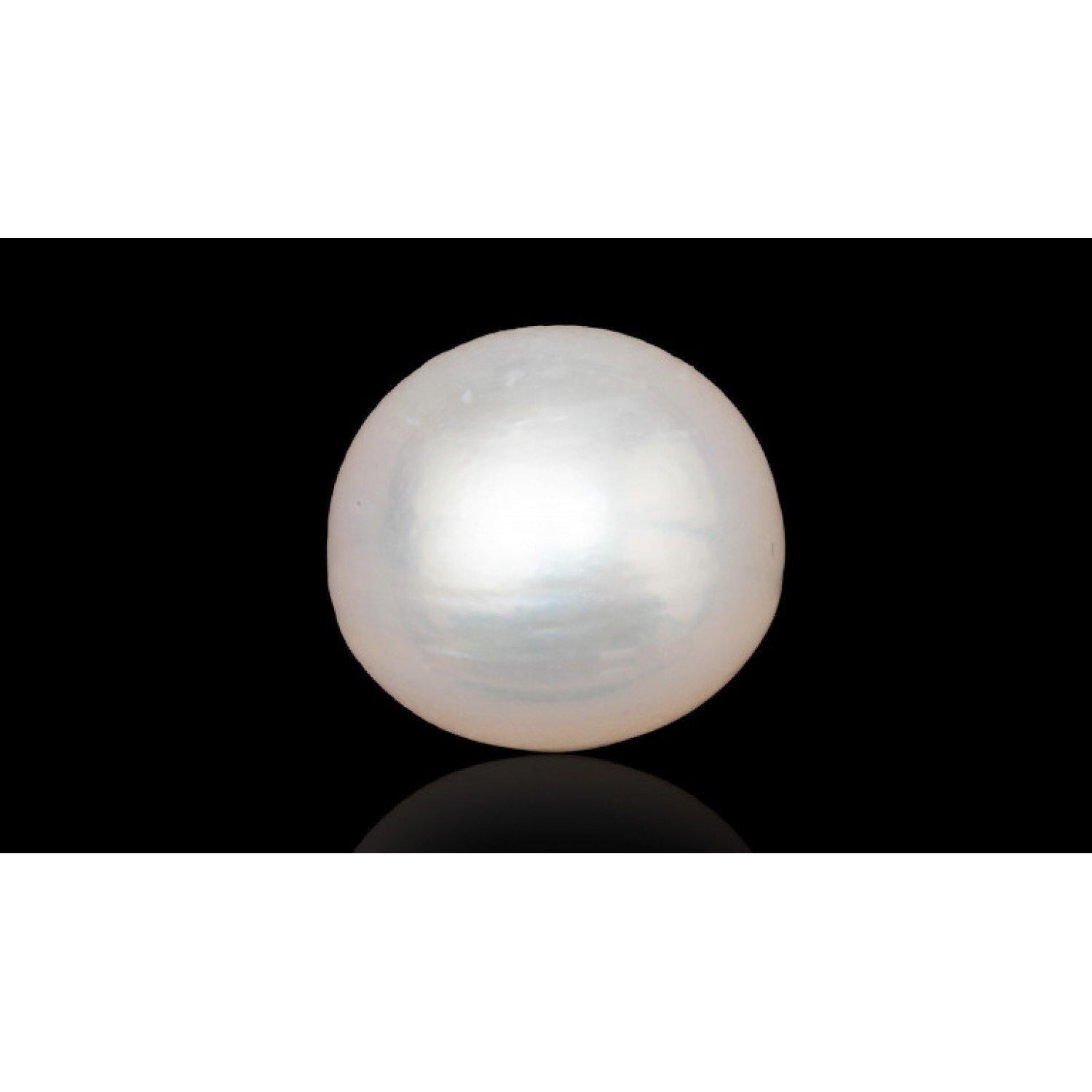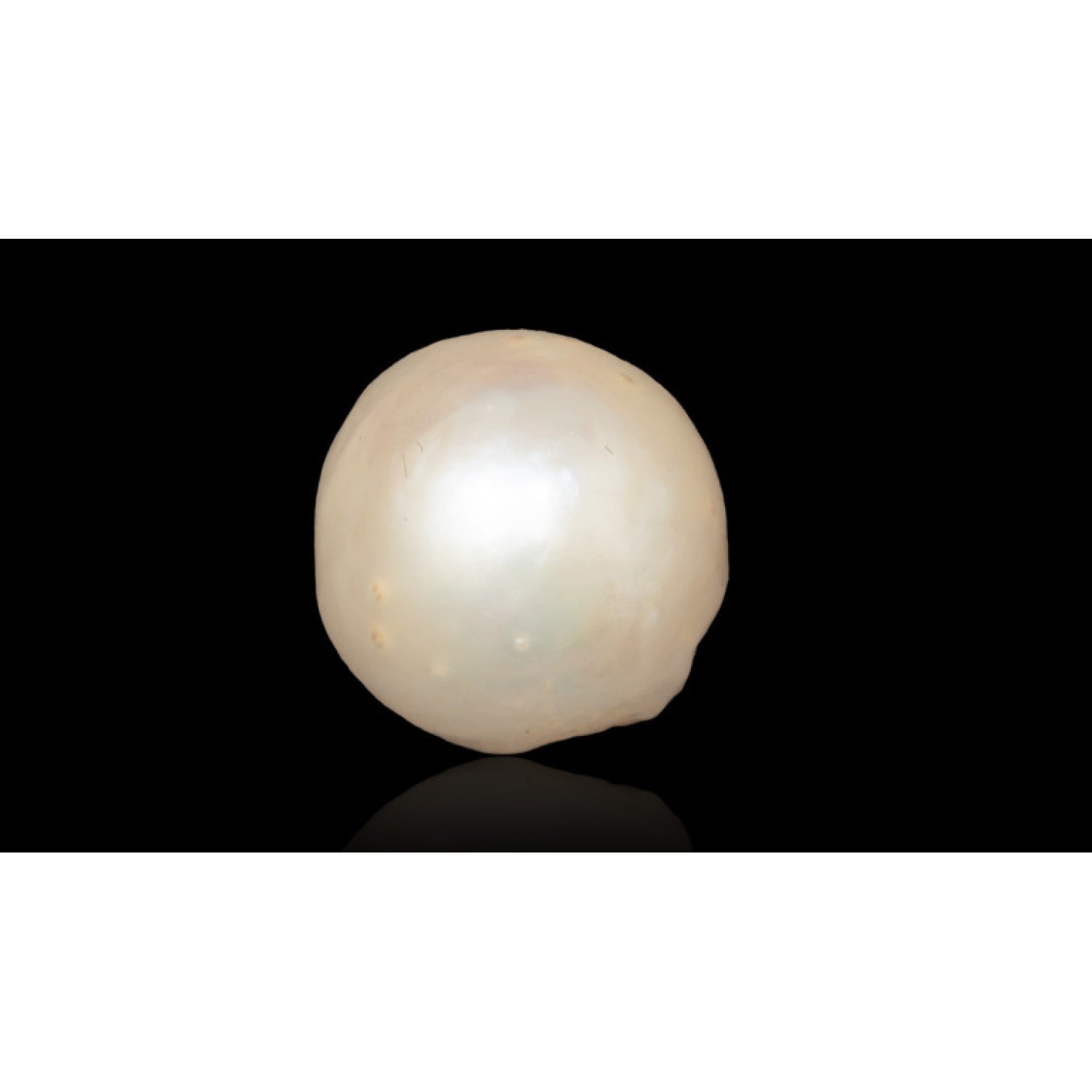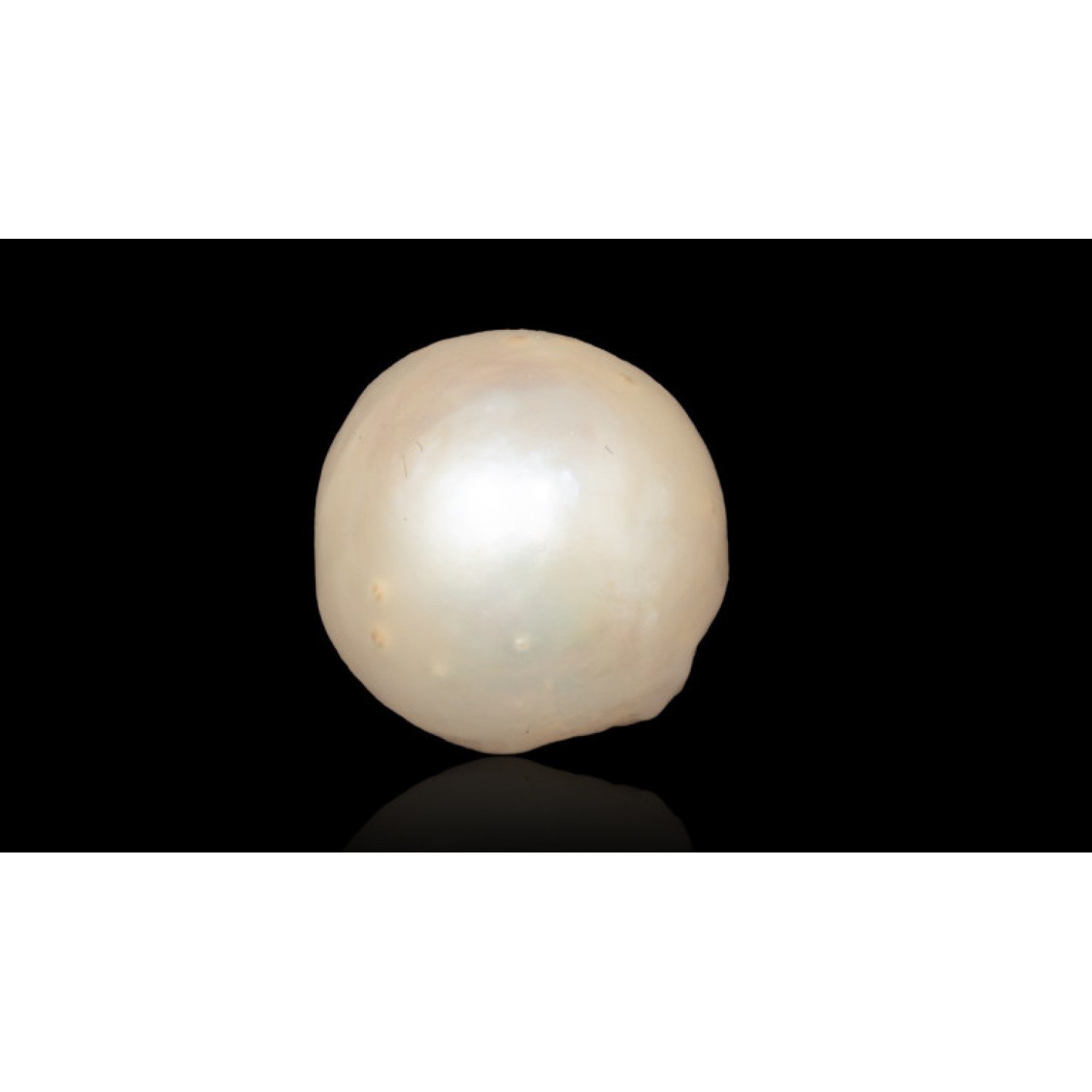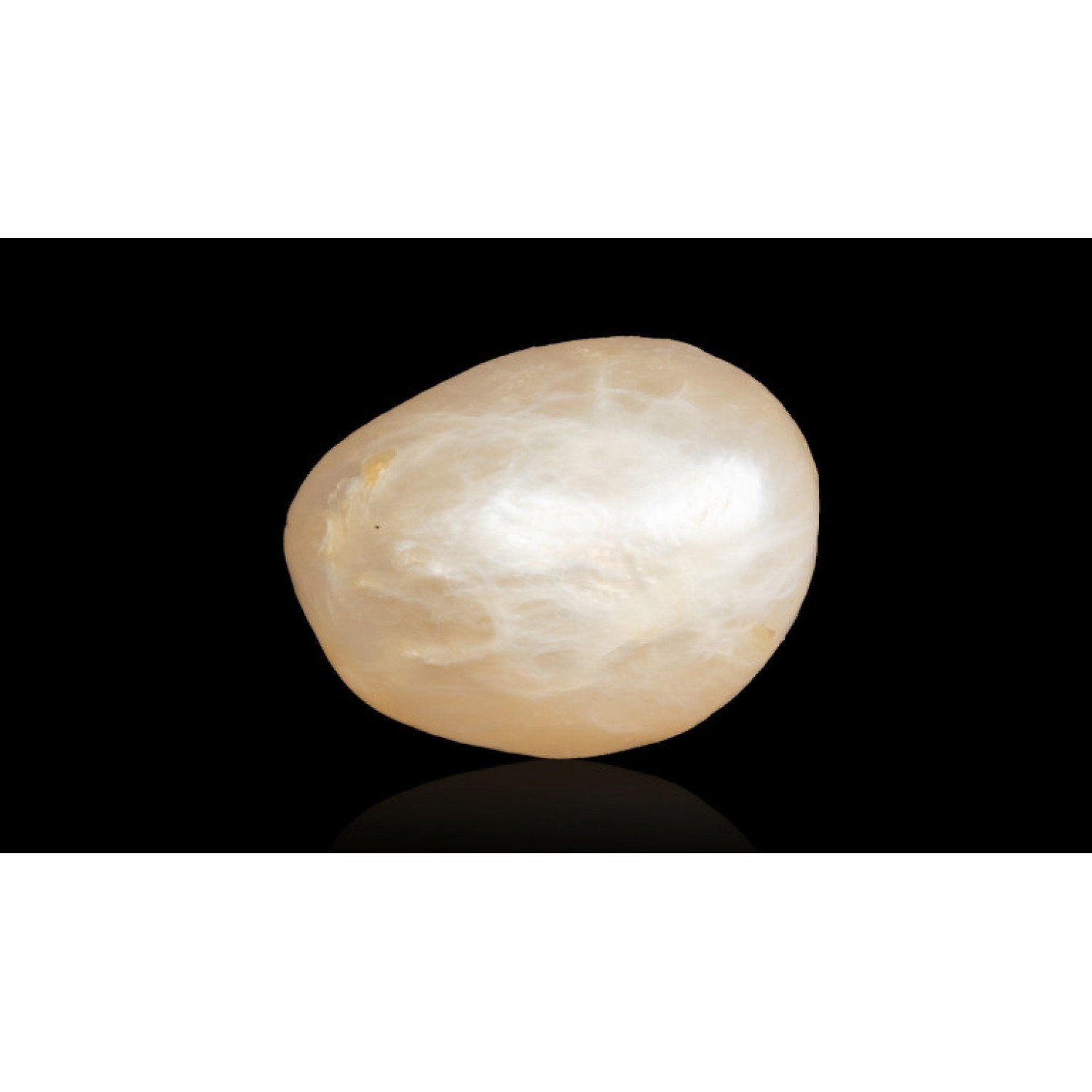Q)
In which metal should I wear Pearl gemstone to gain maximum astrological
benefits?
According
to sacred Vedic scriptures, Silver is considered the most suitable metal for
wearing Moti Ratan (Pearl) from an astrological perspective. In some special
cases, metals like Gold, White Gold, or Panchdhatu can also be recommended,
depending on the planetary alignments in the wearer’s birth chart.
Q)
How to identify a natural Basra ka Moti?
Basra
Pearl, also known as Basra ka Moti, is the most significant variety of Pearl,
traditionally found in the Persian Gulf. However, no natural Pearl is produced
there anymore. Due to its rarity, the availability of real Basra Pearls is
limited, which significantly increases their market price.Identifying a genuine
Basra Pearl requires careful attention, as there is no clear visual criterion.
A Gem Certification from Bahrain is a reliable way to verify its authenticity,
though it does not specify the exact origin. Typically, natural Basra Pearls
are small, slightly cream-colored, and may have a baroque shape.
We
recommend purchasing from trustworthy, certified suppliers for the best value.To
learn more about Basra Pearl identification, refer to our detailed guide on How
to Identify Basra Pearl? or consult our expert gemologists for further
assistance.
Q)
Are Cultured Pearls synthetic or fake?
No,
cultured Pearls are not synthetic. They are created inside the body of a living
Mollusk, but the process is initiated by manually inserting an irritant into
the Mollusk. This process distinguishes them from Natural Pearls, which form
when a foreign particle enters the Mollusk naturally. Both types of pearls are
produced by the living metabolism of the Mollusk. Cultured Pearls can be worn
for astrological and jewelry purposes, offering an affordable alternative to
natural pearls.
Q) What is the cost of original pearl?
The
price of Original Pearls can range from INR 1,000 ($12.11) per carat to as high
as INR 2,00,000 ($2,421.70) per carat, depending on quality, size, and rarity.
Q)
How can you tell if a pearl is real?
To
check if a Pearl is real, gently rub it against your tooth. A real pearl will
feel slightly gritty, while a fake pearl will feel smooth. Real pearls also
tend to have minor imperfections and slight variations in size and shape.
Q)
What are the healing properties of pearls?
Pearls
are believed to have calming properties that promote emotional stability,
integrity, and purity. They are said to help soothe emotions, support
digestion, and alleviate anxiety or depression, although these benefits lack
scientific evidence.
Q)
How does pearl size affect its value?
The
size of a Pearl plays a significant role in determining its value. Larger
Pearls are rarer and therefore more expensive. The value increases
exponentially with size, especially if the Pearl also has high luster, a round
shape, and minimal surface imperfections.
Q)
Can pearls be worn daily?
Pearls
are versatile and elegant, making them suitable for daily wear. However, they
require careful handling to avoid damage from cosmetics, sweat, or chemicals.
Regular cleaning and proper storage are essential to maintain their luster and
condition.
Q)
What is the difference between a Natural Pearl and South Sea Pearl?
A
Natural Pearl is formed accidentally inside an organism's body without human
intervention and is highly valuable. South Sea Pearls, on the other hand, are
cultured Pearls, meaning they are grown inside the Mollusk using a manual
process. Both types of Pearls are genuine and can be worn for their positive
astrological and healing properties, but Natural Pearls are significantly rarer
and more expensive.



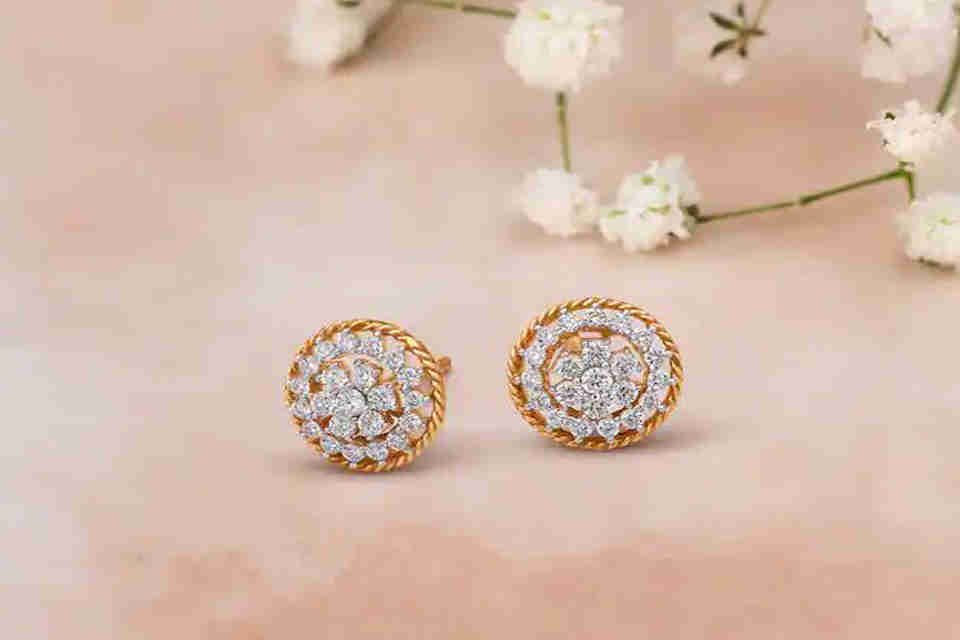




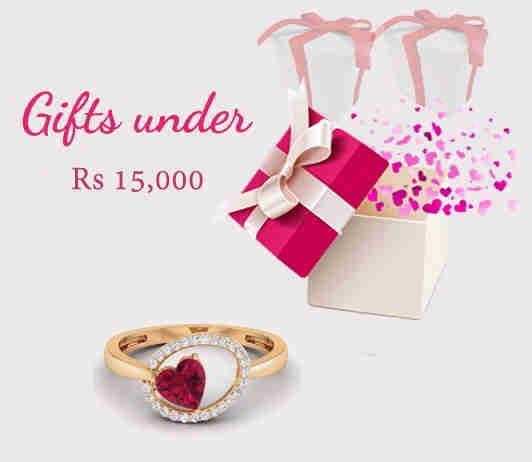





.jpg)
